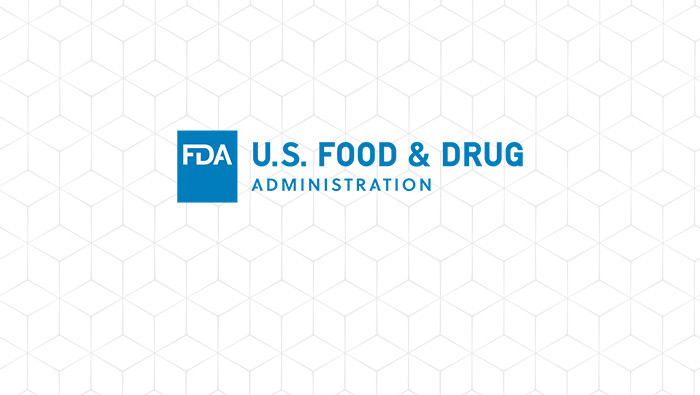FDA is committed to reducing lead in food. FDA’s Closer to Zero initiative is a science-based, iterative approach to decreasing toxic elements, including lead, in foods over time, including by setting action levels. The purpose of this guidance is to provide information to industry on the action levels for lead in processed food intended for babies and young children (i.e., those less than two years old). FDA considers the action levels described in this guidance to be achievable by industry when control measures are taken to minimize the presence of lead. Although action levels are levels at which FDA may regard a food as adulterated, our Closer to Zero initiative outlines other actions we will take to further reduce lead (as well as other toxic elements) in food and our expectation is that industry will strive for continual reductions over time.
Additionally, this document presents the background and rationale for FDA’s action levels for lead in processed food intended for babies and young children. Processed food in this guidance refers to packaged food (e.g., in jars, pouches, tubs, or boxes) represented or purported to be for babies and young children less than two years old. It may include ready-to-eat foods (e.g., purees) as well as semi-prepared foods (i.e., dry infant cereals).
The action levels for processed foods intended for babies and young children are as follows:
- 10 parts per billion (ppb) for fruits, vegetables (excluding single-ingredient root vegetables), mixtures (including grain- and meat-based mixtures), yogurts, custards/puddings, and single-ingredient meats;
- 20 ppb for single-ingredient root vegetables; and
- 20 ppb for dry infant cereals.
Consistent with 21 CFR 109.6(d), these action levels reflect levels of lead at which FDA may regard the food as adulterated within the meaning of section 402(a)(1) of the Federal Food, Drug, and Cosmetic Act (FD&C Act). We intend to consider these action levels, in addition to other factors, such as our confidence in a measured analytical value, when considering whether to bring enforcement action in a particular case.
In general, FDA’s guidance documents do not establish legally enforceable responsibilities. Instead, guidances describe FDA’s current thinking on a topic and should be viewed only as recommendations, unless specific regulatory or statutory requirements are cited. The use of the word should in FDA guidances means that something is suggested or recommended, but not required.
The action levels in this guidance are not intended to direct consumers in making food choices. To support child growth and development, we recommend parents and caregivers feed children a varied and nutrient-dense diet across and within the main food groups of vegetables, fruits, grains, dairy, and protein foods.
Related Information
- Constituent Update: FDA Issues Final Guidance for Industry on Action Levels for Lead in Processed Food Intended for Babies and Young Children (January 2025)
- Closer to Zero: Reducing Childhood Exposure to Contaminants from Foods
- Chemical, Metals, Natural Toxins & Pesticides Guidance Documents & Regulations
Posted in FDA and USDA Regulatory Update, Foods.
